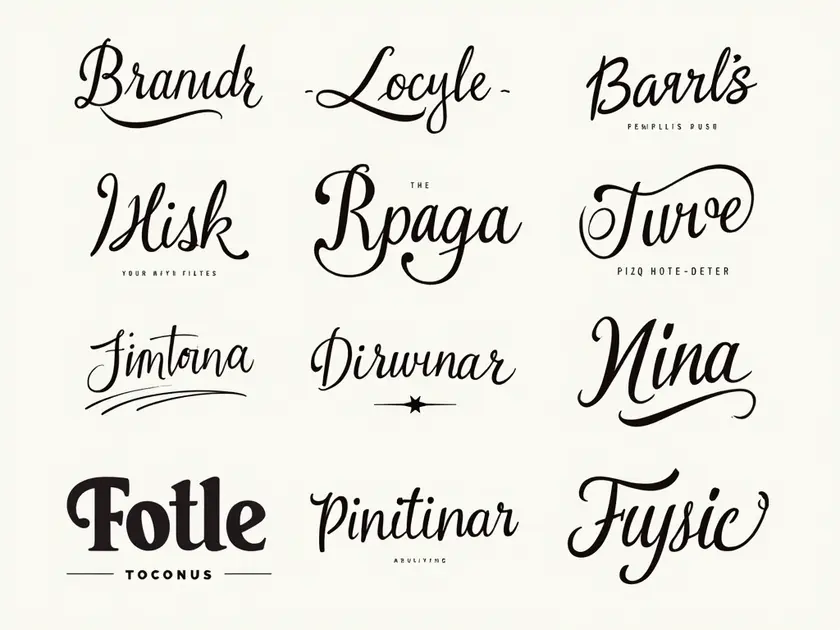Typography is a fundamental element of design that plays a crucial role in conveying messages, evoking emotions, and establishing brand identity. For designers, Understanding Typography: A Guide for Designers is essential to create visually appealing and effective designs. In this guide, we will explore the importance of typography in design, delve into the different types of typography elements, and provide tips for choosing the right typography for your design projects.
The importance of typography in design
Typography plays a crucial role in design as it has the power to evoke emotions, convey messages, and create brand identity. It is not just about choosing fonts but also about how they are used to enhance the overall visual appeal of a design.
Enhancing readability
- Choosing the right font size, spacing, and line height can significantly improve readability, making it easier for the audience to consume the content.
- Well-designed typography can guide the reader through the information hierarchy, emphasizing key points and improving comprehension.
Setting the tone
Typography sets the tone for the design, whether it’s professional, playful, elegant, or modern. Different fonts convey different emotions and can help establish the overall mood of the design.
Building brand identity
Consistent use of typography across various design elements helps in building brand recognition and identity. It creates a cohesive look and feel that is instantly associated with the brand.
Typography is not just about choosing fonts; it is about creating an immersive experience that resonates with the audience and enhances the overall design.
The different types of typography elements
Typography is a crucial element in design, and there are various types of typography elements that designers can utilize to enhance their projects. Understanding the different types of typography elements can help designers create visually appealing and effective designs.
1. Serif
- Definition: Serif fonts have small lines or embellishments at the ends of the main strokes.
- Characteristics: Traditional, formal, and often used in print.
2. Sans-serif
- Definition: Sans-serif fonts do not have the decorative lines at the ends of characters.
- Characteristics: Modern, clean, and often used in digital designs.
3. Script
- Definition: Script fonts mimic cursive handwriting.
- Characteristics: Elegant, decorative, and used for special occasions or branding.
4. Display
- Definition: Display fonts are designed to grab attention and are often used for headlines or logos.
- Characteristics: Bold, decorative, and impactful.
5. Monospaced
- Definition: Monospaced fonts have equal spacing between characters.
- Characteristics: Used for coding, typewriters, and a distinct aesthetic.
Each type of typography element has its own unique characteristics and is suitable for different design purposes. By understanding the nuances of these typography elements, designers can effectively communicate their message and enhance the overall visual appeal of their designs.
Tips for choosing the right typography for your design
When it comes to selecting typography for your design, it is essential to consider the following tips:
1. Understand the message
- Consider the tone: Ensure that the typography aligns with the overall message and tone of the design.
- Target audience: Take into account the preferences and characteristics of your target audience.
2. Legibility and readability
- Choose readable fonts: Prioritize legibility to make sure the text is easy to read.
- Avoid overly decorative fonts: Opt for fonts that are clear and easy on the eyes.
3. Consistency is key
- Stick to a font palette: Maintain consistency by using a limited number of fonts throughout your design.
- Hierarchy: Establish a clear hierarchy by using different font sizes and weights for headings, subheadings, and body text.
4. Pairing fonts
- Contrast: Pair fonts that complement each other and create visual interest through contrast.
- Balance: Strike a balance between different font styles to ensure harmony in your design.
5. Test and refine
- Preview: Test how the chosen typography looks across various devices and screen sizes.
- Solicit feedback: Get input from others to gather different perspectives on the typography choices.
By following these tips, you can effectively choose the right typography that enhances your design and effectively communicates your message to the audience.






